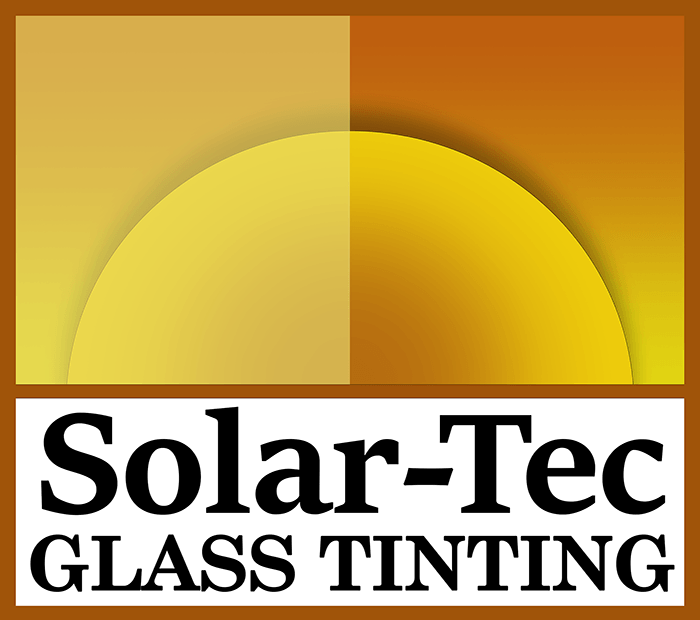Florida Window Tinting Laws
Car window tinting laws in Florida were enacted in 1991.
We have provided all the necessary information about your car’s window tint, including how dark or reflective the tint is allowed in your state.
There are also additional car window tinting rules and regulations in Florida so make sure you read all about it below.
Window tint darkness in Florida
The percent of visible light allowed through your car windows is called VLT: Visible Light Transmission.
The percentage of light allowed through your film and glass in Florida is very specific and different for sedan cars and SUV cars or vans.
Tint darkness for sedans:
- Windshield: Non-reflective tint is allowed above the manufacturer’s AS-1 line.
- Front Side windows: Must allow more than 28% of light in.
- Back Side windows: Must allow more than 15% of light in.
- Rear Window: Must allow more than 15% of light in.
Tint darkness for SUV and vans:
- Windshield: Non-reflective tint is allowed above the manufacturer’s AS-1 line.
- Front Side windows: Must allow more than 28% of light in.
- Back Side windows: Must allow more than 6% of light in.
- Rear Window: Must allow more than 6% of light in.
Florida window tint laws were updated in 2015.
Many resources and local FL tint business have NOT updated info on their websites, but we have.
Please ensure you are reading current info.
Window tint reflection in Florida
Window tint can reflect incoming light and reduce glare and heat.
Florida window tint law permits a certain window reflection when using a tint so make sure you pay attention to this as well.
Tint reflection for sedans:
- Front Side windows: Must not be more than 25% reflective.
- Back Side windows: Must not be more than 35% reflective.
Tint reflection for SUV and vans:
- Front Side windows: Must not be more than 25% reflective.
- Back Side windows: Must not be more than 35% reflective.
Other Florida window tint rules and regulations
Florida does have several other important laws, rules and regulations pertaining to window tinting. They include the following:
- Side Mirrors: Dual side mirrors are required in case any back windows are tinted.
- Restricted Colors: Florida does not permit any colored tint.
- Certificates: Film manufacturers don’t need to certify the film they sell in this state.
- Stickers: The sticker to identify legal tinting is required on the inside of the driver’s side door jamb.
- Medical Exceptions: Florida allows medical exemptions for special tint. For more details about the specific terms of the exemption, consult your state law.
Keep in mind that Florida tinting laws and regulations may be interpreted differently in your county or place of residence.
We always recommend double-checking our information with your local DMV or law enforcement authorities.
Our information about window tint laws in Florida was last updated in 2024.
Tinting laws in Florida were enacted in 1991.
In case any of our info provided is not up to date or correct be sure to contact us so we can fix it. Thanks!
Trusted industry leader in providing accurate window tint laws. Share with confidence:
What is the darkest legal tint in Florida?
Florida, known for its abundant sunshine, often prompts vehicle owners to seek respite from the glaring rays through window tinting. However, understanding the legal limits of tint darkness is crucial to avoid penalties and ensure road safety. In this guide, we delve into the specifics of Florida's tinting regulations, revealing the darkest legal tint you can use to stay compliant.
Deciphering Florida Tint Laws:
Florida, like many states, has established guidelines to balance the need for privacy and sun protection with road safety. The regulations primarily focus on Visible Light Transmission (VLT), which measures the amount of light passing through the window tint.
Darkest Legal Tint:
In Florida, where the sun's embrace is a daily affair, choosing the right window tint is a must. The darkest legal tint for front side windows in Florida typically adheres to a 28% Visible Light Transmission (VLT). This signifies that only 28% of visible light can permeate the tint, achieving a delicate equilibrium between aesthetics, sun protection, and adherence to state regulations. Stay up-to-date on Florida's tinting guidelines to confidently elevate your driving experience with the optimal window tint for the radiant roads ahead.
Rear Side Windows and Rear Window Tinting:
Unlike some states, Florida does not have specific VLT restrictions for rear side windows and the rear window. This provides vehicle owners with more flexibility in choosing darker tints for increased privacy and UV protection.
Enforcement and Penalties:
Florida law enforcement actively enforces window tint regulations, and violations can result in fines and mandatory tint removal. Staying informed about current laws and ensuring your vehicle complies with the regulations is essential to avoid legal consequences.
Conclusion:
As you navigate Florida's sunny roads, understanding the darkest legal tint is key to enjoying the benefits of tinting while staying within the bounds of the law. Regularly check for updates from the DHSMV to ensure your vehicle's tint remains compliant. Now armed with knowledge about Florida's tinting regulations, you can confidently choose the right tint for your vehicle, striking a balance between style, sun protection, and legal adherence.
BUSINESS HOURS
Monday - Friday: 9am to 5pm
Saturday: 9am to 4pm
Sunday: CLOSED
All Rights Reserved | Solar-Tec Glass Tinting









